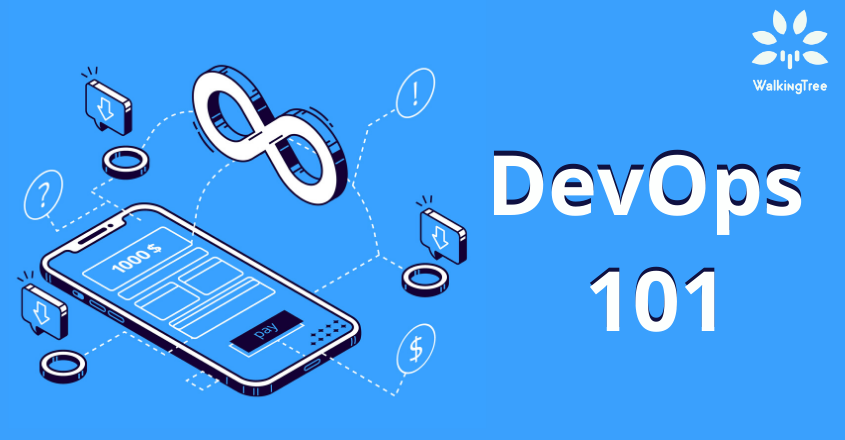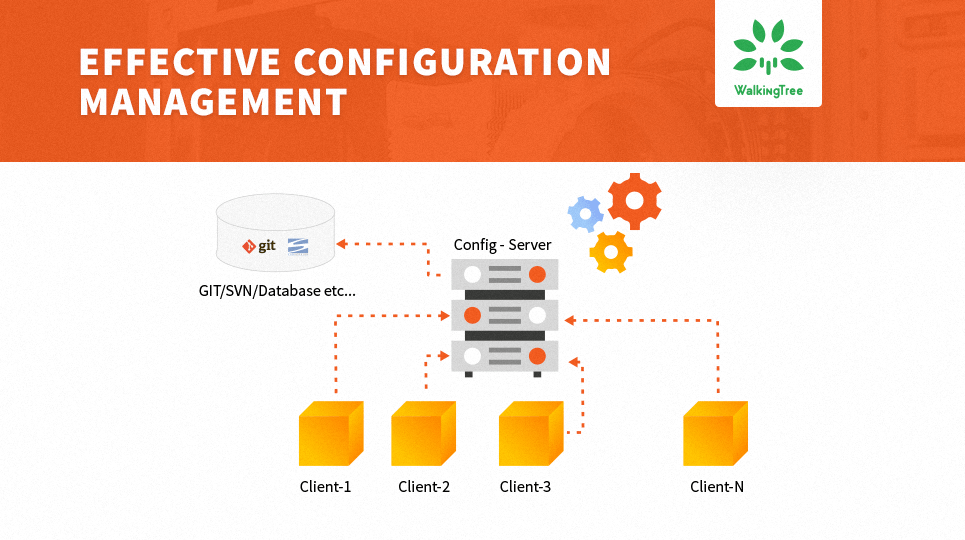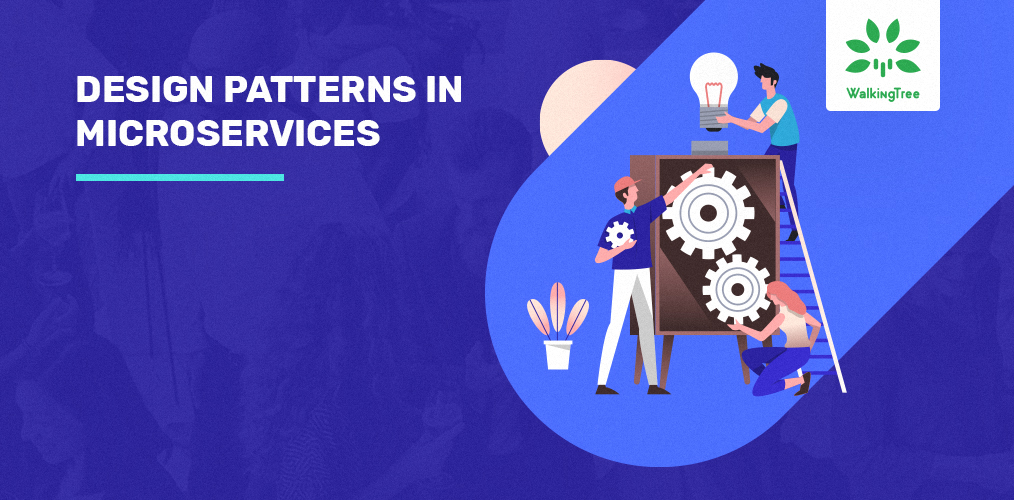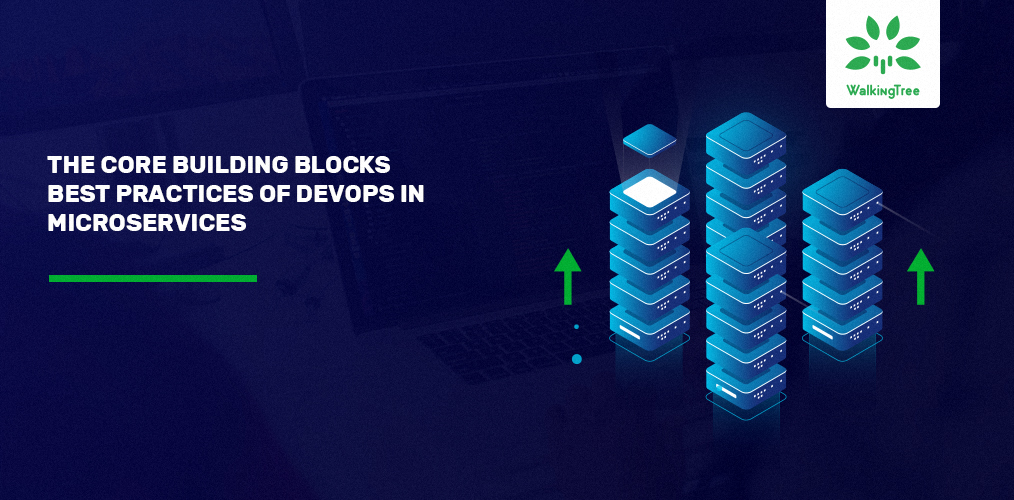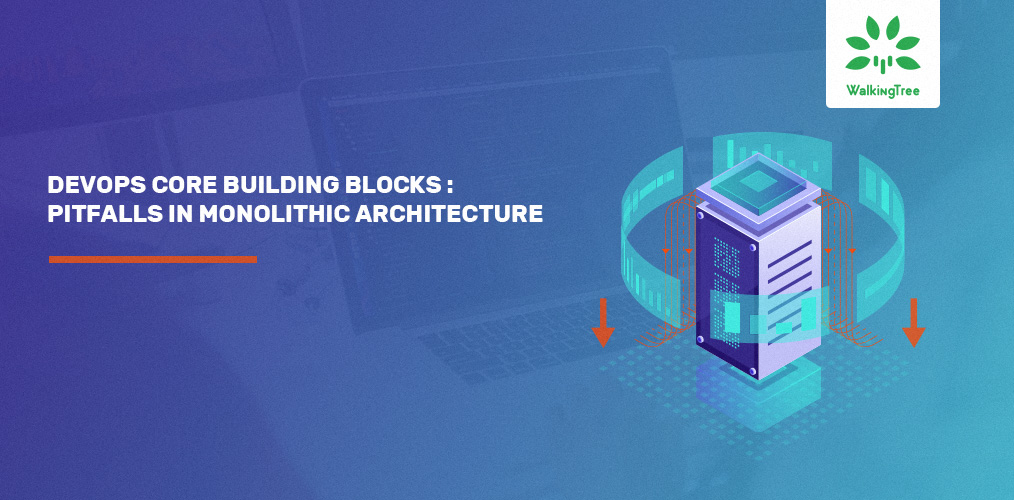By WalkingTree November 06, 2020
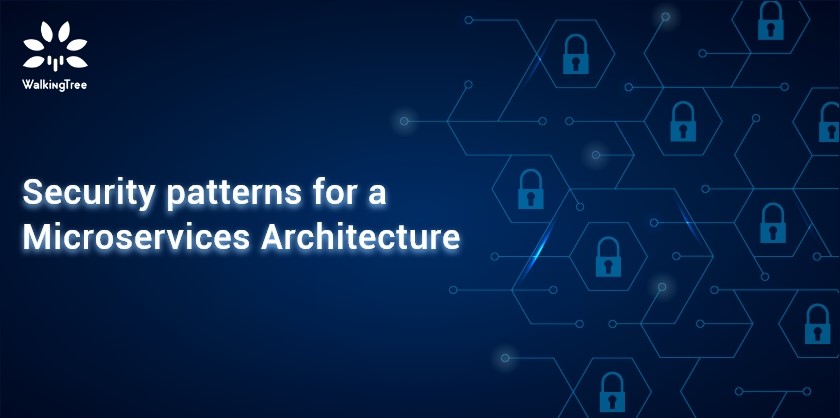
There is no permanent solution for security breaches. In a Microservices architecture, there are some issues that are hard to solve but on the other hand, there are also some features that can help secure the application. Before we get into how you can rightly secure your Microservices architecture, let’s take a look at some of the basics of getting started first:
- Use https or transport layer security
- Do not code passwords or any secrets
- Use DevSecOps tools to scan code as and when it is developed
Isolation
In Microservices, each service is an autonomous piece of the overall application. A microservice deploys, maintains and modifies without affecting any of the other microservices around it. If done correctly, one microservice cannot access the data of another and will not enable an attacker to access the data.
API Security
A secure API is the one that guarantees that the information will be secret by making it visible only to the users, apps, and servers that are authorized to view it. Another advantage of using API gateway is that they provide governance for API access, which provides an extra layer of security for a microservices architecture.
Containers
The most common security issue in a microservices architecture is when the container has vulnerabilities. Conduct regular vulnerability scans of containers. Also regularly monitor them, check for alerts, and tools that can correlate different events.
Host OS
Host OS is key to a successful container environment. It lies at the lowest level of the container architecture, and it is the main target for attackers. Ignoring host OS can put all other containers at a risk. Scan the host OS constantly for vulnerabilities, and apply any required updates straight away.
Read on to know more about Microservices architecture and how to rightly secure it.
Blogs
DevOps is the most recent tech absorption in enterprises with close sync between software development and IT operations…
Problem statement Before the advent of Microservices, we used to create a properties files in which we maintained…
As we all know, Microservices brought in a paradigm shift in the way we think, design and architect…
In my recent articles, I covered the core building blocks of DevOps in Microservices and Pitfalls of each…
In my previous article, I covered the core building blocks of DevOps in Microservices environment. As part of…
